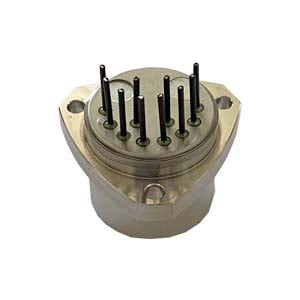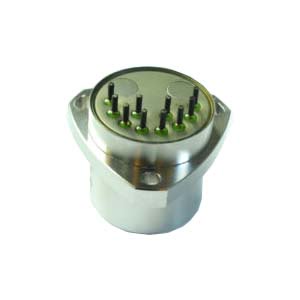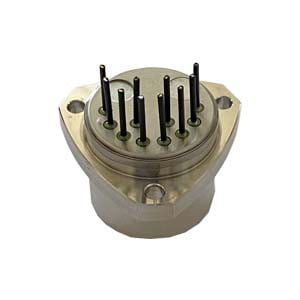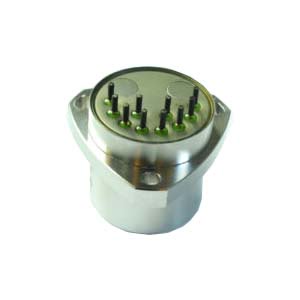There are many types of accelerometers:
According to the displacement mode of the detected mass, a linear accelerometer (detection mass for line displacement) and a pendulum accelerometer (detection mass rotating around the support shaft) are classified;
According to the support method, there are gemstone support, flexible support, air floatation, liquid floatation, magnetic suspension and electrostatic suspension;
According to the composition of the measurement system, there are open-loop and closed-loop types;
According to the working principle, there are vibrating wire type, vibrating beam type and pendulum type integral gyro accelerometer;
Classified by number of input axes, with single-axis, dual-axis and three-axis accelerometers;
According to the classification of sensing elements, there are piezoelectric, piezoresistive and potentiometer types.
An accelerometer is usually named by combining the characteristics of several different taxonomies.
If you want to get more details about accelerometer, pls visit https://www.ericcointernational.com/accelerometer/
More Technical Questions
1.Quartz Accelerometer VS MEMS Accelerometer
2.Calibration Method of Accelerometer
3.What are the Advantages and Disadvantages of Quartz Accelerometers?
4.How to Improve the Long-term Stability of the Quartz Accelerometer?
5.What Effect Does Temperature Have on Quartz Flexible Accelerometer?
6.How do parameters affect the performance of the quartz accelerometer?
Products in Article






